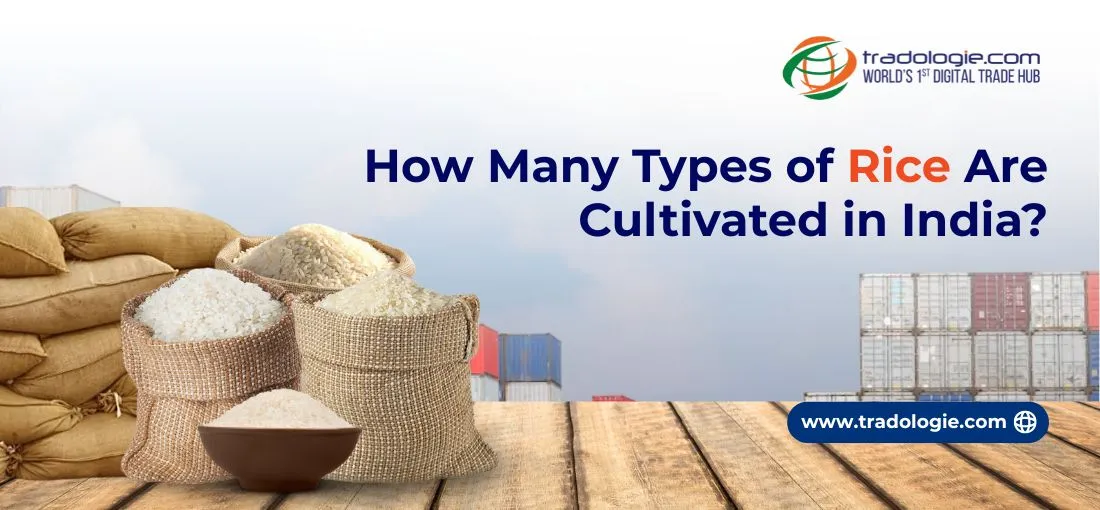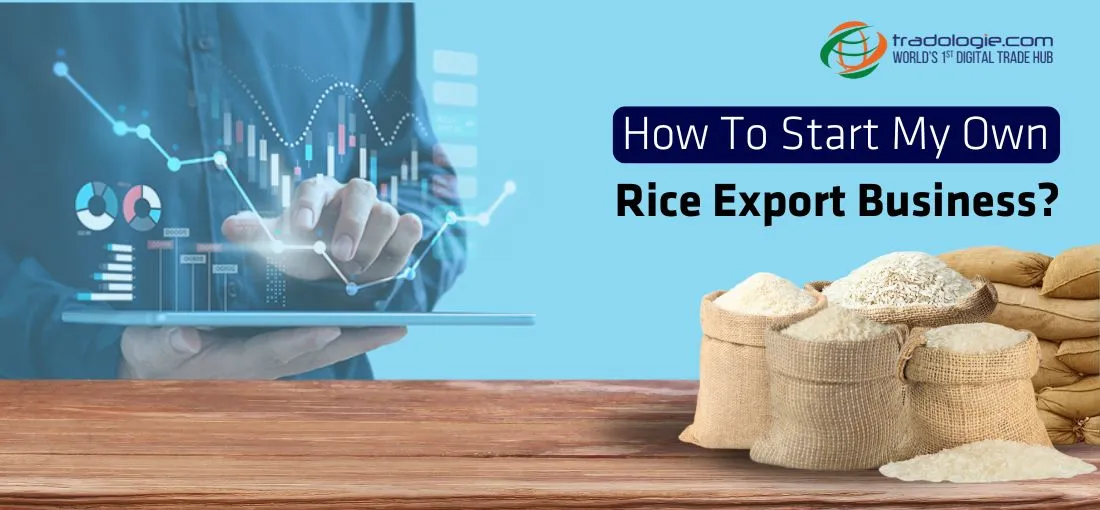Why Parboiled Rice Is a Preferred Choice for Bulk Rice Importers Worldwide
Key Highlights:
- Global Demand Driver: Parboiled rice exports reached 9 million MT in 2024-25, driven by high-volume buyers valuing consistency and cost-effectiveness.
- Africa's Core Staple: Countries like Nigeria and Ghana rely heavily on parboiled rice for government tenders and food programs due to its shelf life and resilience.
- Why Buyers Prefer It: Offers better head rice recovery, transit stability, and low cost per usable kg—ideal for mass consumption and institutional needs.
- Key Exporters: India, Pakistan, and Vietnam dominate exports by offering volume capacity, shipment flexibility, and competitive pricing.
- Verified Suppliers & Digital Trade: Importers increasingly rely on verified suppliers and B2B platforms to ensure compliance, streamline procurement, and manage costs efficiently.
Introduction:
Parboiled rice holds a clear, functional place in the global rice industry It serves high-volume institutional buyers, international rice traders, and bulk rice importers who prioritise operational consistency in their procurement plans.
With global exports of parboiled rice reaching nine million metric tonnes valued between four and five billion dollars in 2024-25, it is clear why this variety remains a core part of the structured parboiled rice trade. India, Pakistan, and the United States are the leading parboiled rice exporters based on the number of shipments and ship to diverse geographies where cost-to-quality ratio is crucial for institutional procurement.
Africa's Consistent Demand for Parboiled Rice
Across West Africa, parboiled rice is not simply a commodity but a staple input for large-scale food programs, government-backed tenders, and community distribution channels. Countries like Benin, Ghana, United States, and Togo are prominent importers in terms of transactions and number of shipments, relying on parboiled rice for its price-to-quality ratio, ease of handling, and resilience under humid tropical conditions.
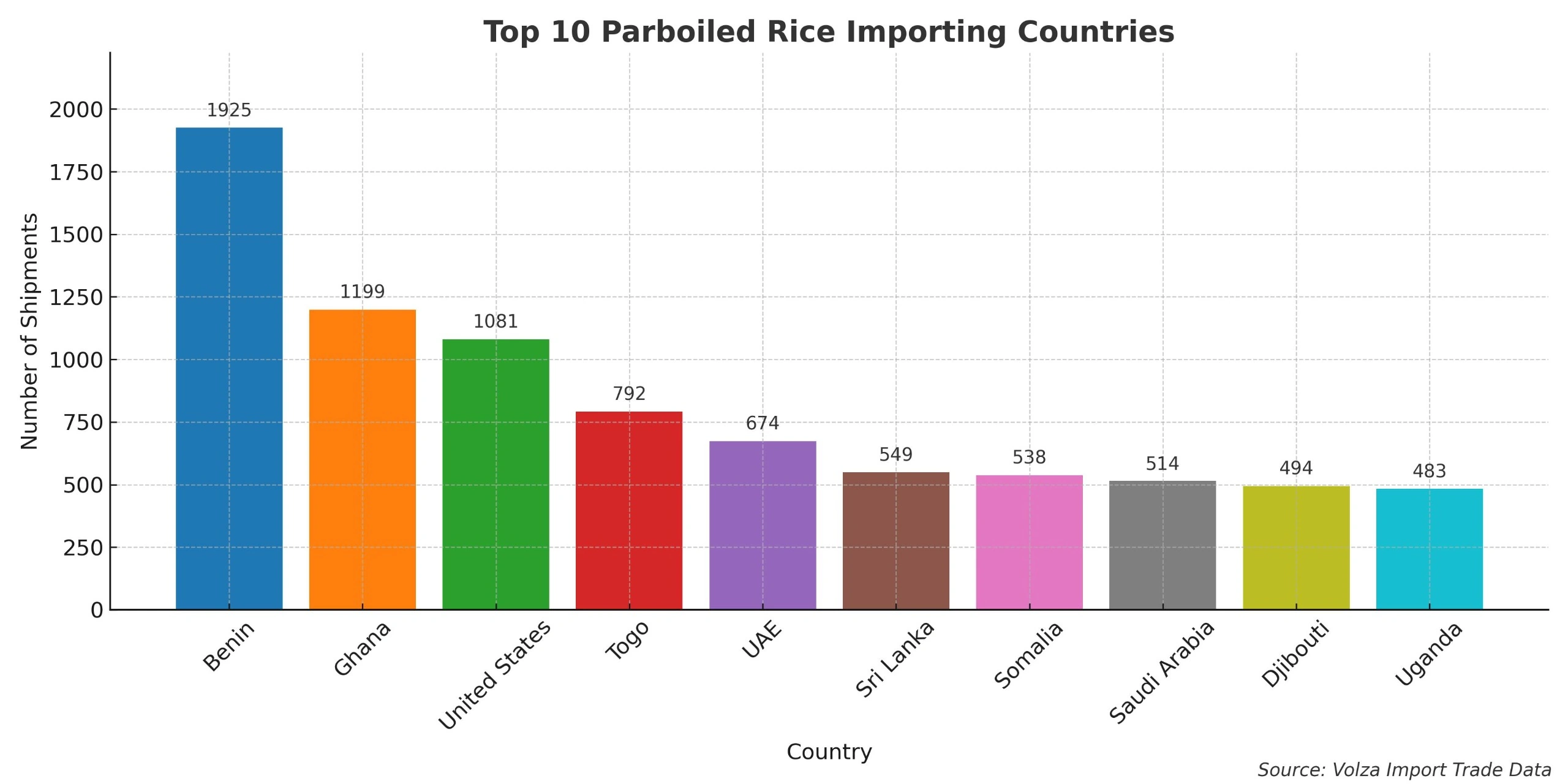
These countries prefer shipments from reliable parboiled rice wholesale suppliers who can align with local demand cycles and ensure consistent delivery. For bulk parboiled rice buyers, the functional benefits of parboiled rice, such as reduced cooking time and longer shelf stability, translate into reduced wastage and lower post-import handling costs.
Why Importers Prefer Parboiled Rice
Parboiled rice offers a perfect balance of quality and affordability. It's a rice that is ideal for mass consumption to feed the population. Importers in Africa and the Middle East value parboiled rice because it offers:
- Better head rice recovery with lower breakage.
- Stability during transit and storage.
- A favourable cost per usable kilogram.
This makes parboiled rice ideal for large-scale institutional feeding, mid-market consumer segments, and packaged food industries where price sensitivity must be balanced with consistency in quality.
A Balanced Global Market Landscape
In the current global rice trade, basmati and jasmine rice cater to premium markets, while parboiled rice importers focus on meeting structured demand in cost-sensitive, high-volume markets.
The growing relevance of parboiled rice among international rice traders also highlights its role in procurement portfolios where buyers are looking for shipment dependability alongside clear quality grading.
Key Exporting Countries and Their Strengths
India remains a strong parboiled rice exporter, known for its ability to handle high-volume orders and adapt shipments to buyer specifications. Thailand offers consistency and timely production aligned with institutional tenders, while Vietnam serves niche markets requiring flexible contract structures.
These exporters ensure parboiled rice buyers can secure consistent supply at competitive pricing which is essential for buyers operating under contracts or structured procurement plans. However, in terms of shipments, the data is completely different and might surprise you. Here are top parboiled exporters in terms of shipments.
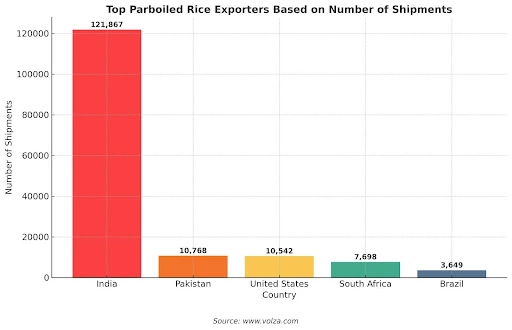
Ensuring Quality and Documentation Compliance
Importing parboiled rice is not simply about securing a shipment; it involves aligning quality parameters with buyer requirements. Exporters are expected to:
- Provide clear labelling and documentation.
- Meet moisture and breakage parameters.
- Supply inspection reports before shipment.
For parboiled rice importers, ensuring documentation compliance reduces customs delays and aligns imports with operational timelines, maintaining consistency in downstream distribution.
The Role of Verified Suppliers
In a market where multiple layers of middlemen can obscure pricing and shipment clarity, working with verified parboiled rice wholesale suppliers is crucial. Importers prioritise suppliers with documented export histories, the capacity to handle repeat orders, and a transparent pricing approach.
Comparing quotes across multiple suppliers helps buyers benchmark pricing against the market while ensuring alignment with quality requirements, shipment timelines, and payment terms.
Digitisation and Modern Procurement
While traditional trade channels remain important, digitisation has redefined procurement efficiency. Transaction-oriented B2B platforms enable bulk rice importers to access structured supplier networks, receive verified quotations, and streamline documentation workflows, reducing operational bottlenecks while retaining negotiation control.
These digital processes ensure buyers can align procurement plans with real-time market updates, seasonal pricing movements, and shipment capacities.
Looking Ahead: Market Outlook
Parboiled rice will continue to hold its position as a core commodity within the parboiled rice trade as food security programs, government tenders, and mid-scale retail packaging in Africa and the Middle East sustain steady demand.
For international rice traders and bulk parboiled rice buyers, prioritising structured procurement strategies, maintaining supplier relationships, and aligning shipment schedules with local demand cycles will be critical in managing costs while ensuring operational efficiency.
Conclusion
Parboiled rice is more than a commodity; it is a procurement asset for buyers prioritising quality consistency, reliable shipment timelines, and a stable price-to-quality ratio. For bulk importers, aligning with credible suppliers while leveraging structured negotiation ensures that parboiled rice continues to serve as a dependable input in high-volume distribution networks globally.

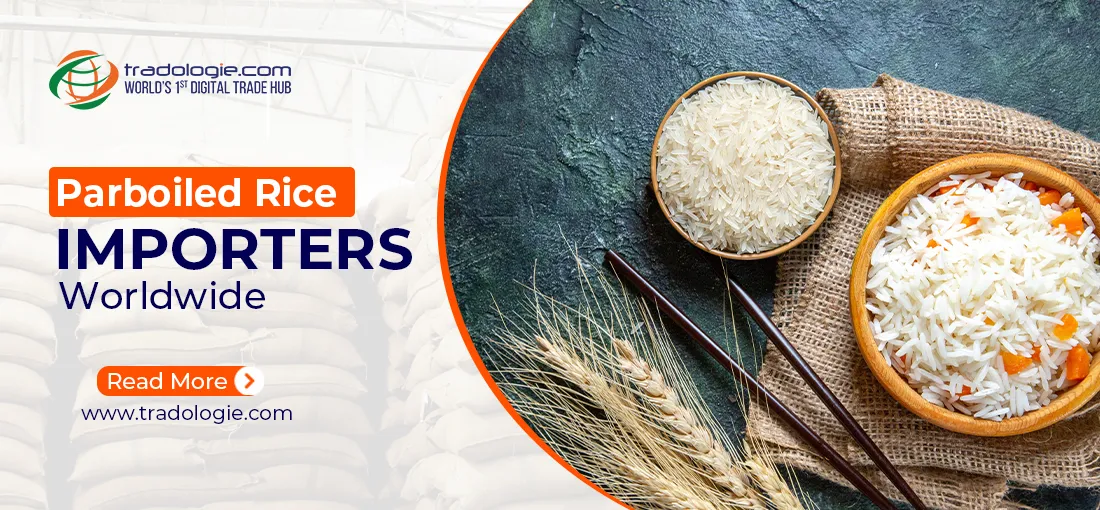
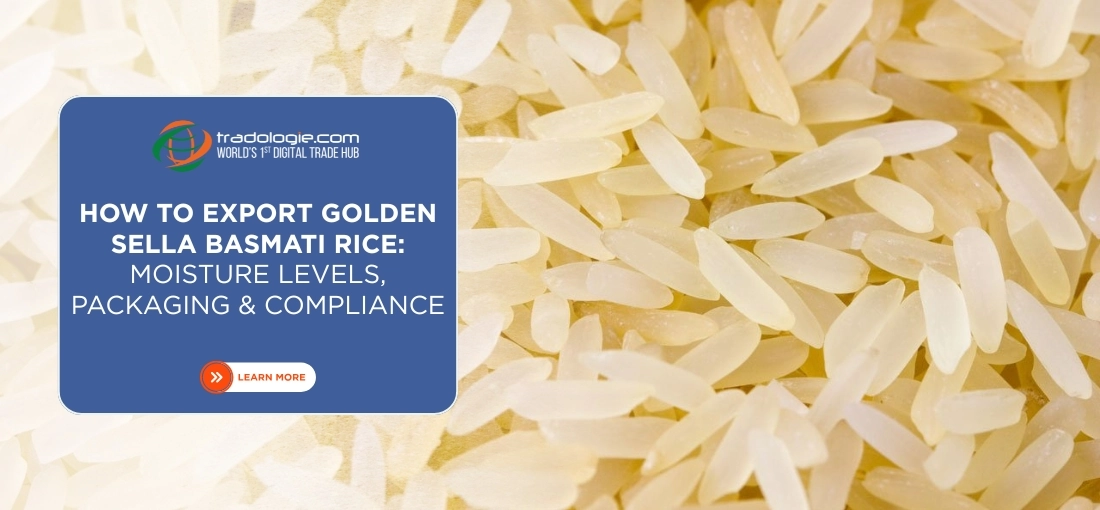
.webp)
